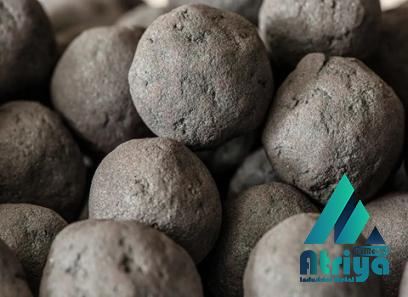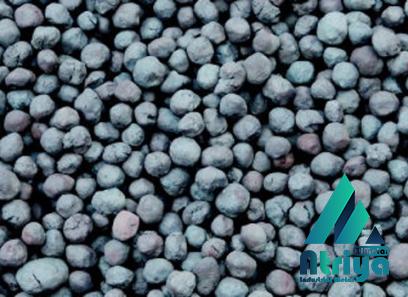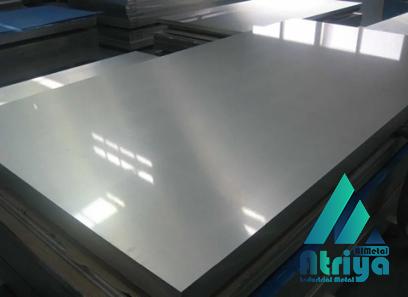Hot-briquetted iron (HBI) has become an essential player in the global iron and steel industry, revolutionizing the way iron ore is transported and processed. This high-density, energy-efficient form of iron is gaining popularity due to its unique characteristics and numerous advantages. HBI is produced by reducing iron ore fines in a direct reduction process, which involves removing oxygen from the iron ore to create a highly pure and cohesive material. The resulting product is then compressed into dense, durable briquettes, which are much easier to handle, transport, and store compared to traditional iron ore. This process produces a material that has a significantly higher iron content and lower impurities, making it an ideal feedstock for steelmaking.

.
 One of the greatest advantages of HBI is its high density. HBI briquettes are up to three times denser than traditional iron ore, which means that a much smaller volume of material can yield the same amount of iron. This not only reduces transportation costs but also minimizes the environmental impact associated with mining and logistics. Furthermore, HBI offers improved safety with its nearly zero-moisture content, reducing the risk of oxidation and subsequent fires during storage and handling.
One of the greatest advantages of HBI is its high density. HBI briquettes are up to three times denser than traditional iron ore, which means that a much smaller volume of material can yield the same amount of iron. This not only reduces transportation costs but also minimizes the environmental impact associated with mining and logistics. Furthermore, HBI offers improved safety with its nearly zero-moisture content, reducing the risk of oxidation and subsequent fires during storage and handling.
..
 The high resistance to degradation also eliminates the need for blending with other materials, ensuring consistent quality in steel production. HBI’s superior quality and composition make it an excellent substitute for scrap steel in electric arc furnaces. Its high iron content and low impurities contribute to improved control over the steelmaking process, resulting in superior quality steel with predictable and desirable properties. This makes HBI a preferred choice for steelmakers looking to enhance the performance of their products while reducing costs. The increasing demand for cleaner and more sustainable steel production has also played a significant role in popularizing HBI. As HBI does not require coking coal, a non-renewable fossil fuel used in the traditional ironmaking process, it offers a greener alternative. Furthermore, its minimal impurities reduce slag formation in the furnace, leading to energy savings and lower emissions.
The high resistance to degradation also eliminates the need for blending with other materials, ensuring consistent quality in steel production. HBI’s superior quality and composition make it an excellent substitute for scrap steel in electric arc furnaces. Its high iron content and low impurities contribute to improved control over the steelmaking process, resulting in superior quality steel with predictable and desirable properties. This makes HBI a preferred choice for steelmakers looking to enhance the performance of their products while reducing costs. The increasing demand for cleaner and more sustainable steel production has also played a significant role in popularizing HBI. As HBI does not require coking coal, a non-renewable fossil fuel used in the traditional ironmaking process, it offers a greener alternative. Furthermore, its minimal impurities reduce slag formation in the furnace, leading to energy savings and lower emissions.
…
 The global market for HBI has been growing steadily, with increasing steel production and the need for more efficient raw materials. Regions such as North America, Europe, and the Middle East have been early adopters of HBI, while Asia, particularly China, is rapidly catching up. Several companies have invested in HBI production facilities, recognizing the immense potential of this revolutionary product. In conclusion, hot-briquetted iron has emerged as a game-changer in the iron and steel industry. Its high density, improved safety, and superior quality make it a preferred feedstock for steelmaking. With its eco-friendly attributes and cost-effectiveness, HBI is well-positioned to dominate the market and contribute to a more sustainable future for the industry.
The global market for HBI has been growing steadily, with increasing steel production and the need for more efficient raw materials. Regions such as North America, Europe, and the Middle East have been early adopters of HBI, while Asia, particularly China, is rapidly catching up. Several companies have invested in HBI production facilities, recognizing the immense potential of this revolutionary product. In conclusion, hot-briquetted iron has emerged as a game-changer in the iron and steel industry. Its high density, improved safety, and superior quality make it a preferred feedstock for steelmaking. With its eco-friendly attributes and cost-effectiveness, HBI is well-positioned to dominate the market and contribute to a more sustainable future for the industry.











Your comment submitted.